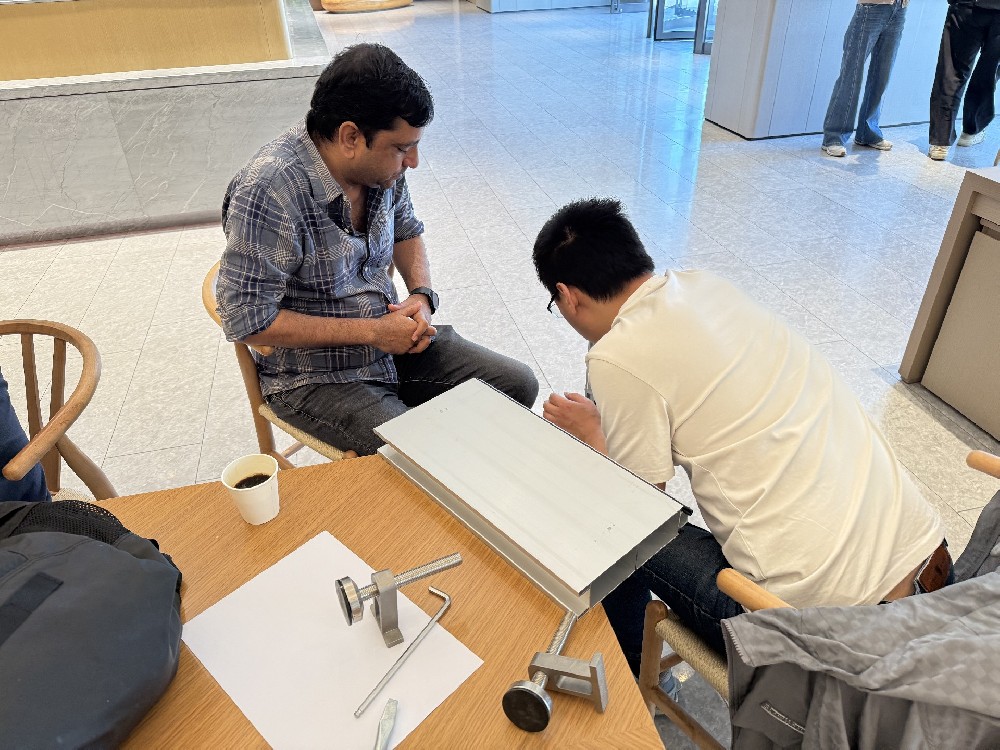 2025-05-09
2025-05-09
This is really exciting news! When our products receive high attention and professional recognition from foreign friends in international exchanges, especially in the important field of flood control that concerns people's livelihood and safety, it means that our technological strength and product value have crossed national borders and demonstrated strong international competitiveness. Here are several suggested directions for further deepening cooperation for reference:

1. Accurately extract core advantages and tell China's flood prevention story well in international language
Breakthrough in data-driven presentation technology: Prepare bilingual comparison charts in Chinese and English to visually display the performance differences between products and traditional solutions (such as a 30% increase in response speed, a 50% increase in impact strength, etc.), and establish professional trust with objective data.
Scenario based solution design: Tailored application cases (such as Southeast Asian urban waterlogging control/European river flood control system) are presented based on the differences in terrain and climate in different countries, demonstrating the universality of technology.
Visual demonstration toolkit: Create 3D simulation animations, AR interactive models, visually display product installation and maintenance processes, and lower the threshold for technical understanding.
2. Build a technology trust system and establish the cornerstone of international cooperation
Third party authoritative certification: Prepare international certifications (such as CE/UL/FM) and authoritative agency testing reports in advance, and endorse product quality with international standards.
Customer witness system: Organize a global benchmark case library, invite overseas customers to record short video testimonies, and form word-of-mouth communication in real scenarios.
Technical White Paper 2.0: On the basis of the existing version, an international standard comparison table and a technical patent layout chart will be added to demonstrate continuous research and development capabilities.
3. Innovate cooperation models and build a community of shared interests
Technology authorization+localized production: Design a tiered technology transfer plan for developing country markets, which not only guarantees intellectual property rights but also reduces customer procurement costs.
PPP project pilot: Form a consortium with local governments/enterprises to jointly apply for international flood control infrastructure projects, and use project benefits to support technological upgrades.
Co construction of Flood Prevention Cloud Platform: Propose to jointly develop a disaster warning system, integrate data resources from both parties, and create a regional flood control command center.
4. Risk prediction and response strategies
Cultural difference management: Pre train cross-cultural communication skills and prepare multiple versions of technical documents (including cultural adaptations such as religious taboos/color preferences).
Intellectual property protection: Establish an overseas patent warning mechanism, proactively layout patent pools for key markets, and prevent risks of technological imitation.
Localized service network: Establish strategic cooperation with local engineering companies, deploy spare parts warehouses in advance, and shorten after-sales response time to within 24 hours.
5. Extension of Sustainable Development Value
Climate Change Adaptation: Develop upgradable modular designs that enable products to adapt to future extreme weather changes through hardware replacement.
Circular Economy Plan: Launch a flood control material recycling program, provide old equipment renovation services, and align with ESG investment trends.
Flood prevention education public welfare: Jointly organize community disaster prevention training with international organizations to enhance brand social value awareness.